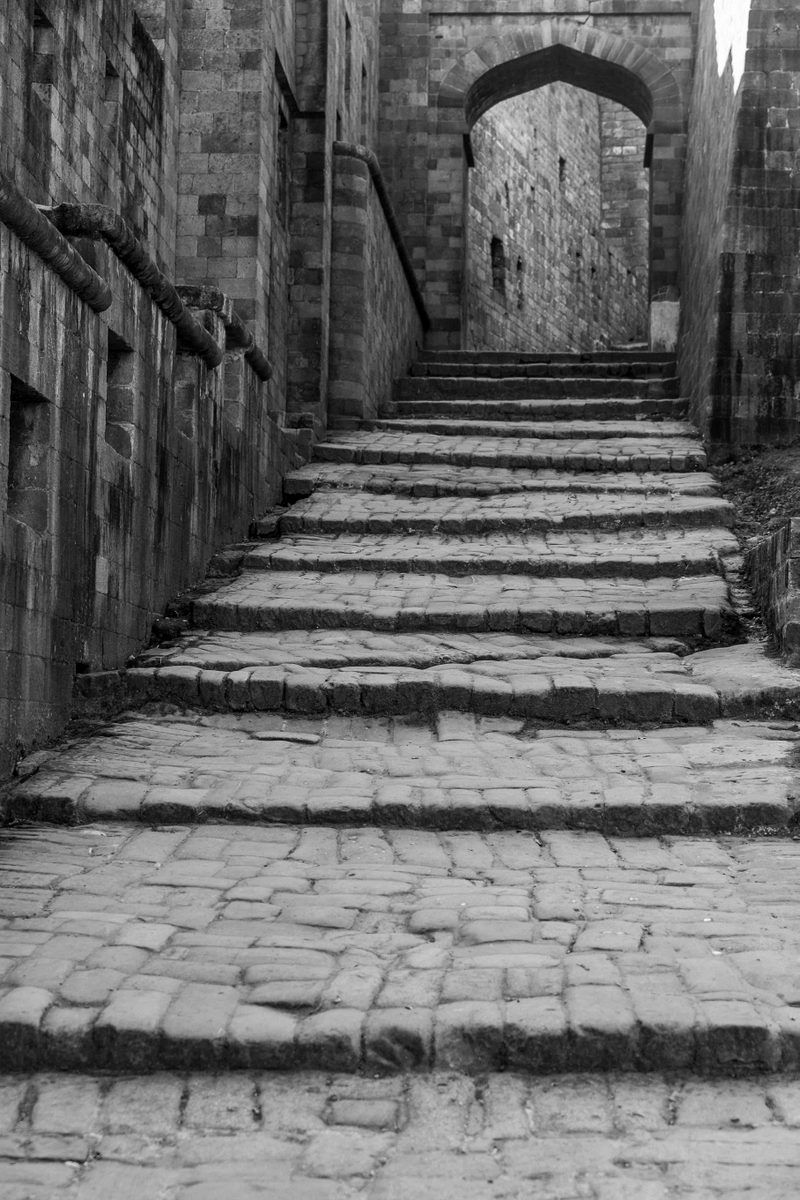The old township of Kangra is where one can find the Brijeshwari temple- a religious monument that drew plunderers from across the border. Rulers and looter took active interest in the immense wealth that lay within the temple. Dedicated to Goddess Vajreshwari (one of Durga’s avatar), the temple is known to be one of the 51 shaktipeethas in India. Legend has it that when Goddess Sati’s father organized a yajna (fire ritual) and didn’t deliberately invite his son-in-law (Lord Shiva) to the holy ceremony, Sati took great offence and immolated herself in the fire. Devastated by this loss, Lord Shiva took the lifeless body of his wife in his arms and started doing the dance of cosmic destruction, also known as the Tandava. Afraid that Shiva’s anger would destroy the world, Lord Vishnu intervened and shredded Sati’s body with his chakra. Wherever her body parts fell, over those spots a shrine or a shaktipeetha was created. It is said the Brijeshwari temple was constructed where Goddess Sati’s breast had fallen. Beautiful silver idols of Gods and Goddesses enhance the charm of this gorgeous white temple. A lively bazaar offering devotional food or prasad, leads the visitor to the temple which is located very close to the Kangra Fort. The Mahabharata mentions that the temple was built by the Pandavas after Goddess Durga appeared in their dreams to advise them to build a shrine a Nagarkot, where they could live unharmed. Kangra served as refuge for the Pandavas in the ancient times, but today, the town’s a refuge for any visitor who is enamoured with history, legacies, hidden treasures and mythological tales.
Interestingly, Kangra is in very close proximity to Dharamshala. For an unspoilt view of the captivating Dhauladhar snow-capped mountains, visitors could plan their stay at the
Rakkh Resort in Palampur which is perched on a hill top. To soak in the serenity of Kangra and its offerings, you could head to the hills anytime from September to November, which is supposed to be the best time to tour the valley.



